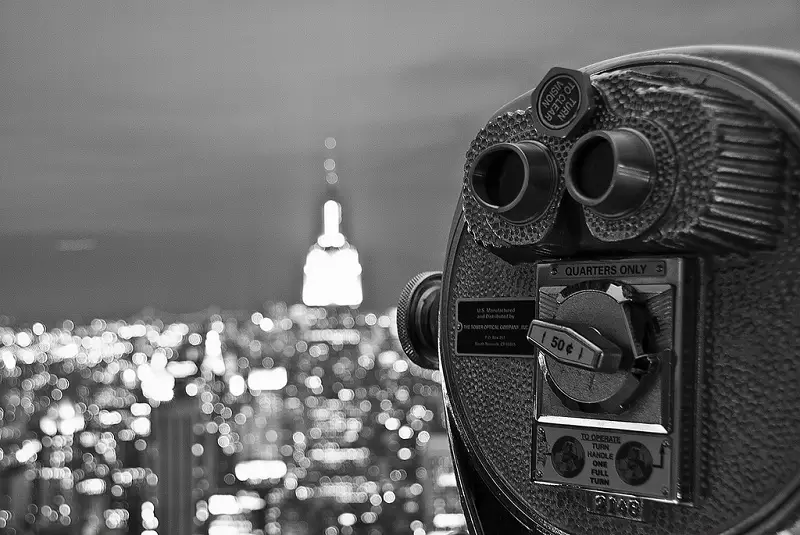People see the world from where they stand; this is their standpoint. Everybody have different standpoints depending on their social, political, economic, life, which affects their worldview. It sets the attitude of a person and changes their perception. The theory that defines this viewpoint is known as Standpoint Theory.
[Related Reading: Cultural Identity Theory]

The theory was first introduced by Georg W. F. Hegel in 1807 by studying the standpoints of masters and slaves and their differences. Karl Marx (a philosopher, economist, sociologist, journalist, and revolutionary socialist) also added to this theory by explaining how one’s working environment shaped their point of view.
Later on in 1983, Nancy Hartsock (feminist philosopher) studied both the philosophies and formed “Feminist Standpoint Theory”, where she studied about the differences between men and women.
The new feminist theory was used for communication by Sandra Harding and Julia T. Wood to explain how people see the world defined how they speak and behaved.
Concepts in Standpoint Theory
Everyday experiences influence person’s perceptions. Differences based on class and power among people establish their viewpoints or standpoints. The theory has been extensively used by feminists to explain power in relations and discrimination.
Marginalized and differently-abled people are believed to have a better outlook and standpoints as they see more of the world than rich and powerful. They have more motivation to gain perspectives on various issues. Whereas, others are busy protecting their status and status quo.
Objectivity is the reality and truth based on data and facts. If standpoint has strong objectivity, then the result is true. If researches are done from the perspective of marginalized, the research is more objective than from the standpoint of powerful. The more inclusive a research is, the more objective and true it becomes.

Local or social knowledge comes from time, place, experience and power. It differs from person to person as per their struggles and experiences. This knowledge is partial but diverse, which is found mostly in subordinate people and they take it as everything they need to know.
This limit of their knowledge is a defect for themselves, which is used by others with broader knowledge to their advantage.
Fixed communication patterns are supposed to be followed when talking to different groups of people. Girls are expected to behave decently and weak, whereas boys are expected to be mischievous and dominating.
Similarly, their conversations are also likely to follow the same pattern as girls use more adverbs and conditional sentences than boys to be more inclusive. Specific times and locations influence communication process. And also cultural effects that occur since birth, changes standpoints as well as communication.
[Related Reading: Sociocultural Theory]
Features of Standpoint Theory
- It focuses on the concept of knowledge and awareness.
- Standpoint is a mental position of an individual or group.
- Social construct of the world and social reality are set by standpoints.
- The important issues of the world are also decided by standpoints.
- Standpoints act as a reference for comparison of truth and judgments.
- It supports strong objectivity.
- Marginalized viewpoints are more objective and accurate.
- Oppressing groups are unique in position and do not have wider viewpoint but they have more social power to validate them.
- Standpoints differ due to differences in social groups like class differences.
- It increases a sense of belonging to a group.
- Standpoint also defines how people talk with themselves or intrapersonal communication.
- The theory views world through a single lens.
Examples Standpoint Theory
The standpoint differences can be seen in policy formation of welfare systems. Welfare systems and policies are made for the poor and marginalized. Some people such as orphans or old, need it so bad that they cannot survive without support from the government.
But, the people who are involved in policy making do not see the whole picture of the lives of marginalized people. They do not know about their needs and problems. The points raised by them are ignored. The policy makers do not ever need to utilize welfare services. Many new techniques like community radios have emerged to solve the problem of standpoint differences of policy makers.
Similarly, men never have to face problems like those faced by women like menstruation and pregnancy. Women devote themselves for these things but is never understood. Their hard work is never recognized as men never walk on their shoes. There is a standpoint differences which causes marginalization of women.
People themselves believe they are inferior due to growing up in a specific culture. For example, a person with disability feels inferior and does not try to rise above it by doing what he/she can despite their disability.
[Related Reading: Spiral Silence Theory]
Criticisms Standpoint Theory
- Feeling of one person by just being a part of a group cannot be generalized as every person has different viewpoints.
- The theory is mostly used for feminism and is taken as feminist standpoint.
- Understanding of whole group is not same.
- Women are not minority, they are slowly rising above marginalization, but focus should be on poor and marginalized.
- The theory does not talk about the struggle of people from ruled groups and ruling group.
- It ignores the diversity within a same group of people that exists.
- The theory says that there should be no dualism but it promotes duality by itself in the case of subjectivity and objectivity.
